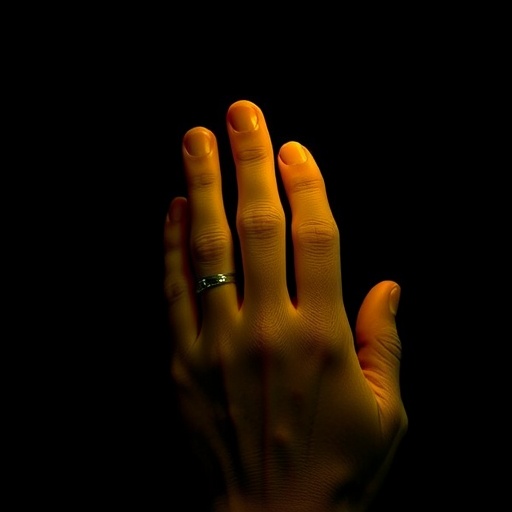MINNEAPOLIS – Taking antidepressants for depression, having post-traumatic stress disorder or anxiety diagnosed by a doctor are risk factors for a disruptive and sometimes violent sleep disorder called rapid eye movement (REM) sleep behavior disorder, according to a study published in the December 26, 2018, online issue of Neurology®, the medical journal of the American Academy of Neurology. The study also found men are more likely to have the disorder.
REM sleep is the dream state of sleep. During normal REM sleep, your brain sends signals to prevent your muscles from moving. However, for people with REM sleep behavior disorder, those signals are disrupted. A person may act out violent or action-filled dreams by yelling, flailing their arms, punching or kicking, to the point of harming themselves or a sleep partner.
“While much is still unknown about REM sleep behavior disorder, it can be caused by medications or it may be an early sign of another neurologic condition like Parkinson’s disease, dementia with Lewy bodies or multiple system atrophy,” said study author Ronald Postuma, MD, MSc, of McGill University in Montreal, Canada, and a member of the American Academy of Neurology. “Identifying lifestyle and personal risk factors linked to this sleep disorder may lead to finding ways to reduce the chances of developing it.”
The study looked at 30,097 people with an average age of 63. Researchers screened participants for a variety of health conditions and asked about lifestyle, behavior, social, economic and psychological factors.
In addition, every participant was asked, “Have you ever been told, or suspected yourself, that you seem to act out your dreams while asleep?”
Researchers then identified 958 people, or 3.2 percent, with possible REM sleep behavior disorder, after excluding participants with Parkinson’s disease, dementia, Alzheimer’s disease or sleep apnea.
Researchers found those with the disorder were over two-and-a-half times as likely to report taking antidepressants to treat depression, with 13 percent of those with the disorder taking them compared to 6 percent of those without the disorder. People with the disorder were also two-and-a-half times as likely to have post-traumatic stress disorder. They were twice as likely to have mental illness, and over one-and-a-half times as likely to have psychological distress.
Other findings were that men were twice as likely as women to have possible REM sleep behavior disorder; 59 percent of those with the disorder were male, compared to 42 percent of those without the disorder. People with possible REM sleep behavior disorder were 25 percent more likely than those without the disorder to be moderate to heavy drinkers, with 19 percent of those with the disorder moderate to heavy drinkers compared to 14 percent of those without the disorder. They had slightly less education, an average of 13.2 years of education compared to an average of 13.6 years for those without the disorder. They also had lower income and were more likely to have smoked.
“Our research does not show that these risk factors cause REM sleep behavior disorder, it only shows they are linked,” said Postuma. “Our hope is that our findings will help guide future research, especially because REM sleep behavior disorder is such a strong sign of future neurodegenerative disease. The more we understand about REM sleep behavior disorder, the better positioned we will be to eventually prevent neurologic conditions like Parkinson’s disease.”
A limitation of the study was that 96 percent of participants were white, meaning the results may not apply to people of other ethnic backgrounds.
###
The study was supported by the Canadian Institutes of Health Research and the Health Research Fund of Quebec.
Learn more about sleep disorders at BrainandLife.org, home of the American Academy of Neurology’s free patient and caregiver magazine focused on the intersection of neurologic disease and brain health. Follow Brain & Life® on Facebook, Twitter and Instagram.
The American Academy of Neurology is the world’s largest association of neurologists and neuroscience professionals, with over 34,000 members. The AAN is dedicated to promoting the highest quality patient-centered neurologic care. A neurologist is a doctor with specialized training in diagnosing, treating and managing disorders of the brain and nervous system such as Alzheimer’s disease, stroke, migraine, multiple sclerosis, concussion, Parkinson’s disease and epilepsy.
For more information about the American Academy of Neurology, visit AAN.com or find us on Facebook, Twitter, Instagram, LinkedIn and YouTube.
Media Contact
Renee Tessman
[email protected]
612-928-6137




